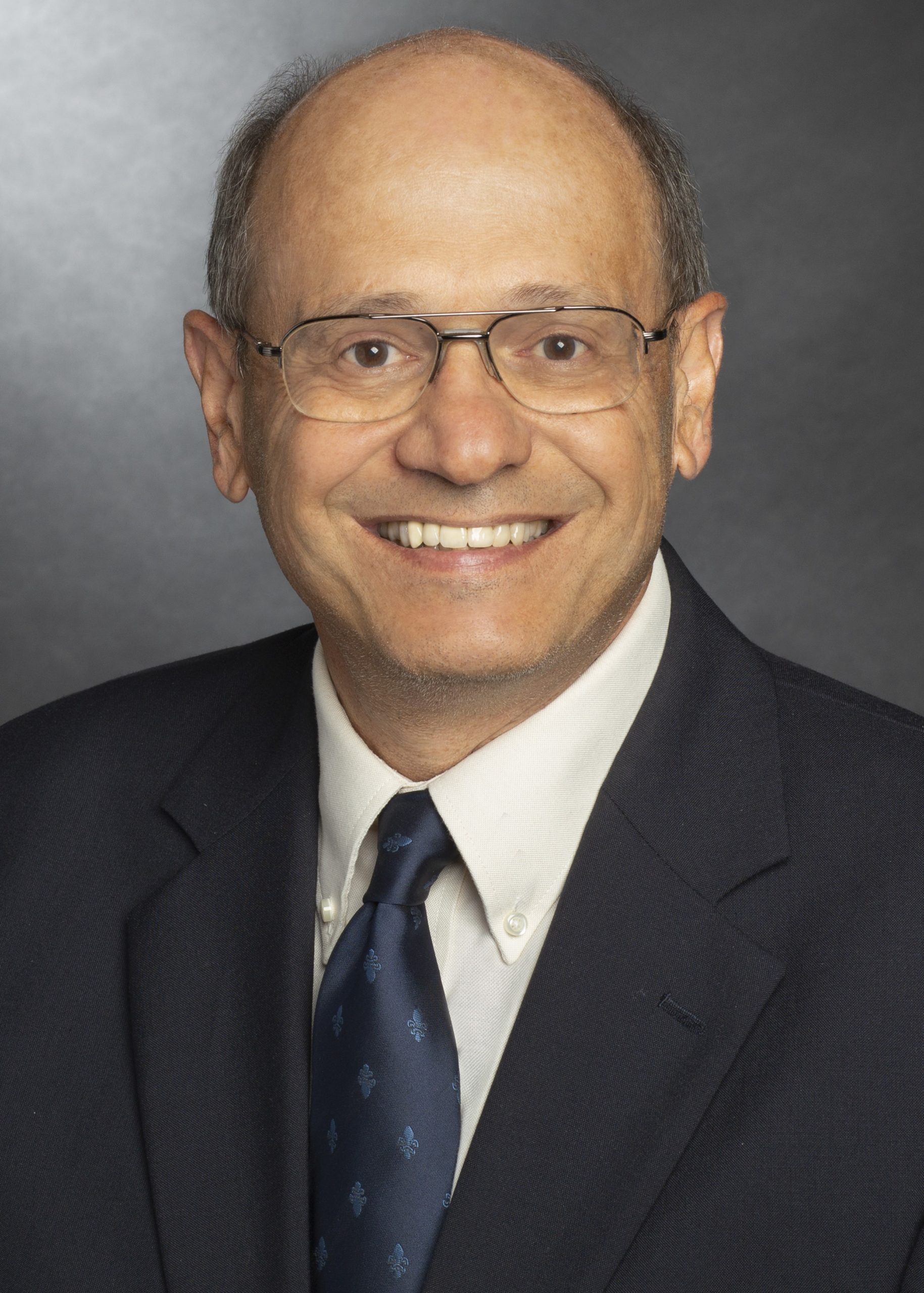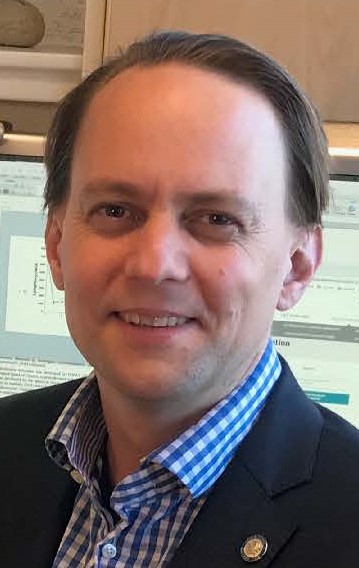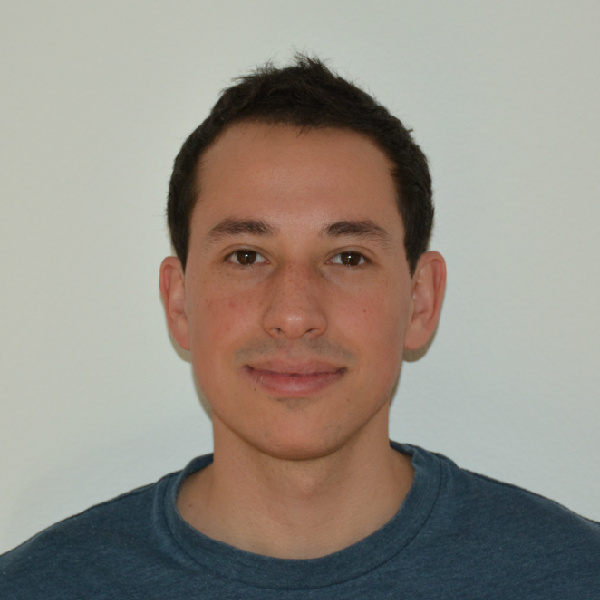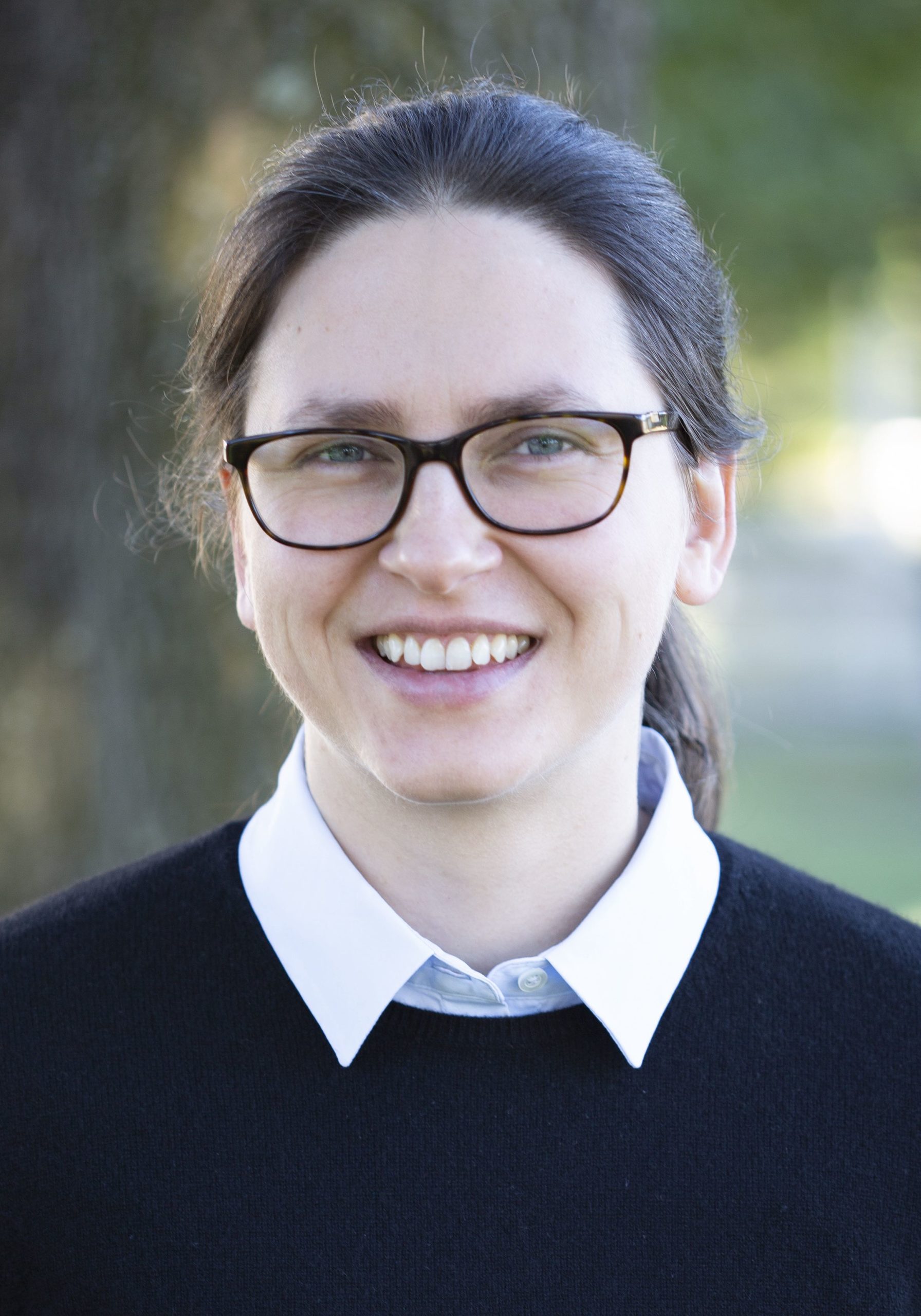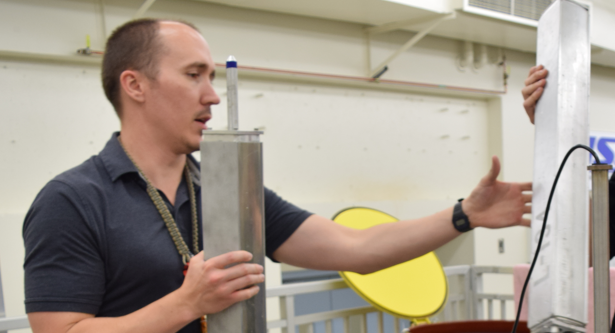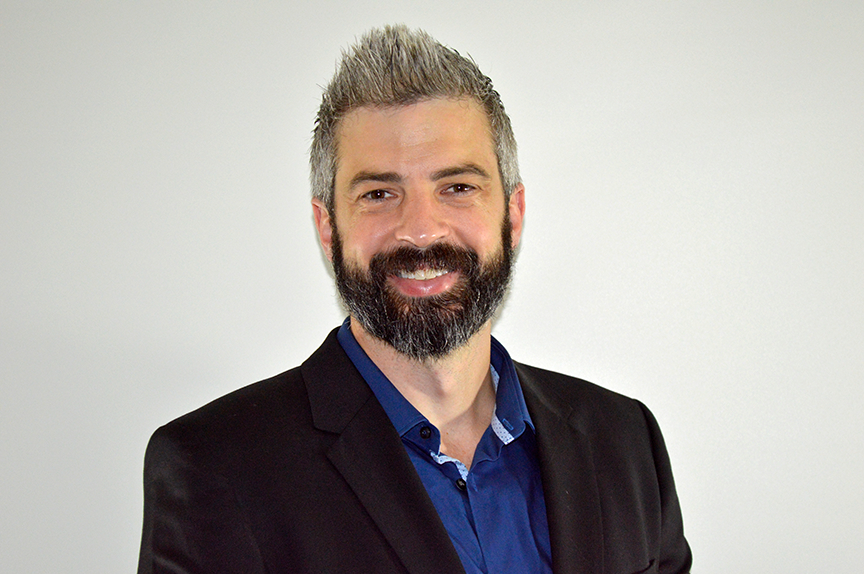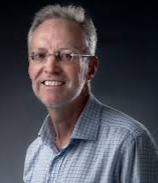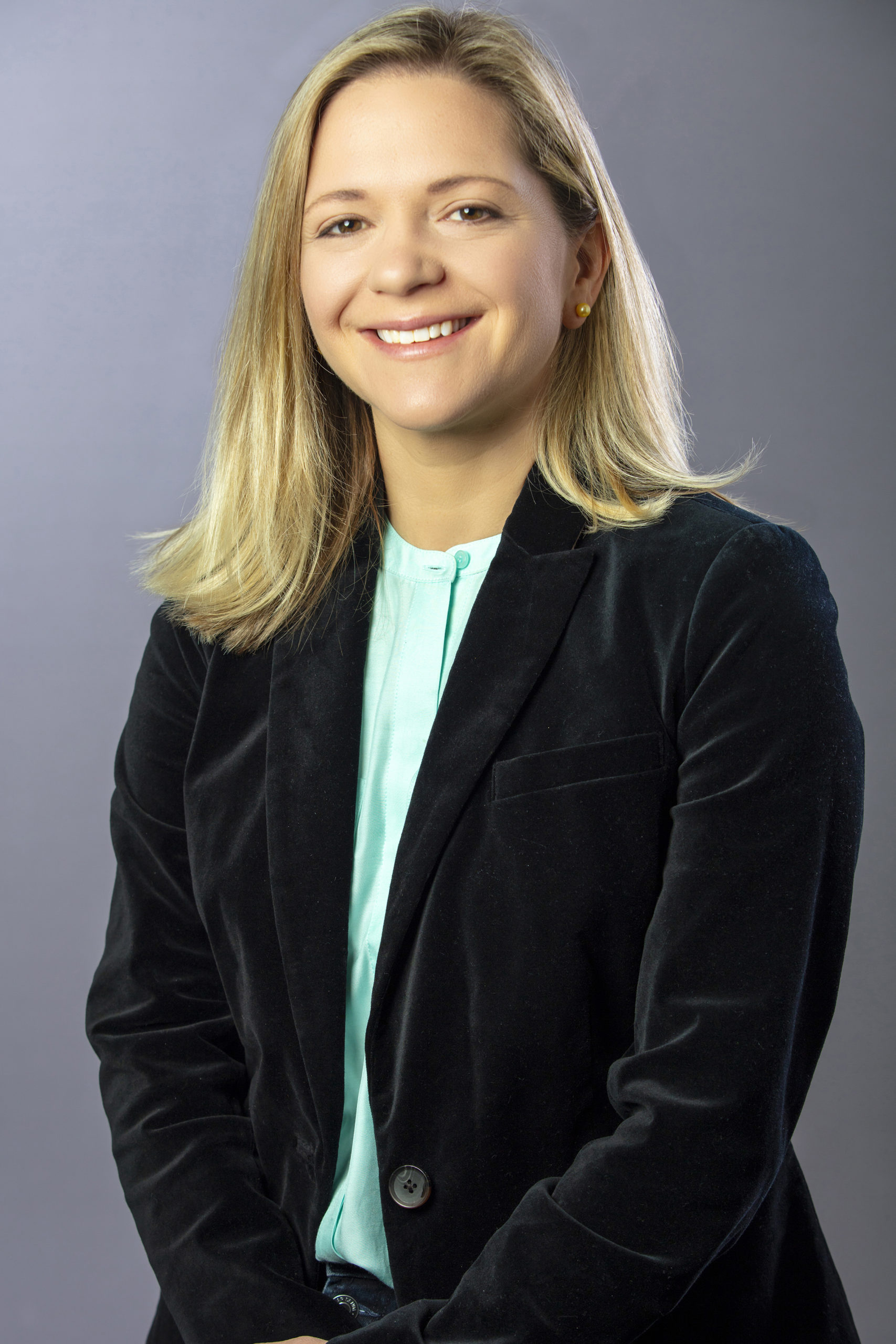Safe Enough? The History of Probabilistic Risk Assessment and Nuclear Safety.
3105 Etcheverry Hall 3105 Etcheverry Hall, Berkeley, CA, United StatesThomas Wellock Historian Abstract: Since the dawn of the Atomic Age, nuclear experts have confronted a deceptively simple question: When is a reactor "safe enough" to adequately protect the public? And, for 70 years, they have pursued a deceptively simple answer that quantified the probability of a major reactor accident. In his presentation, Tom Wellock …

